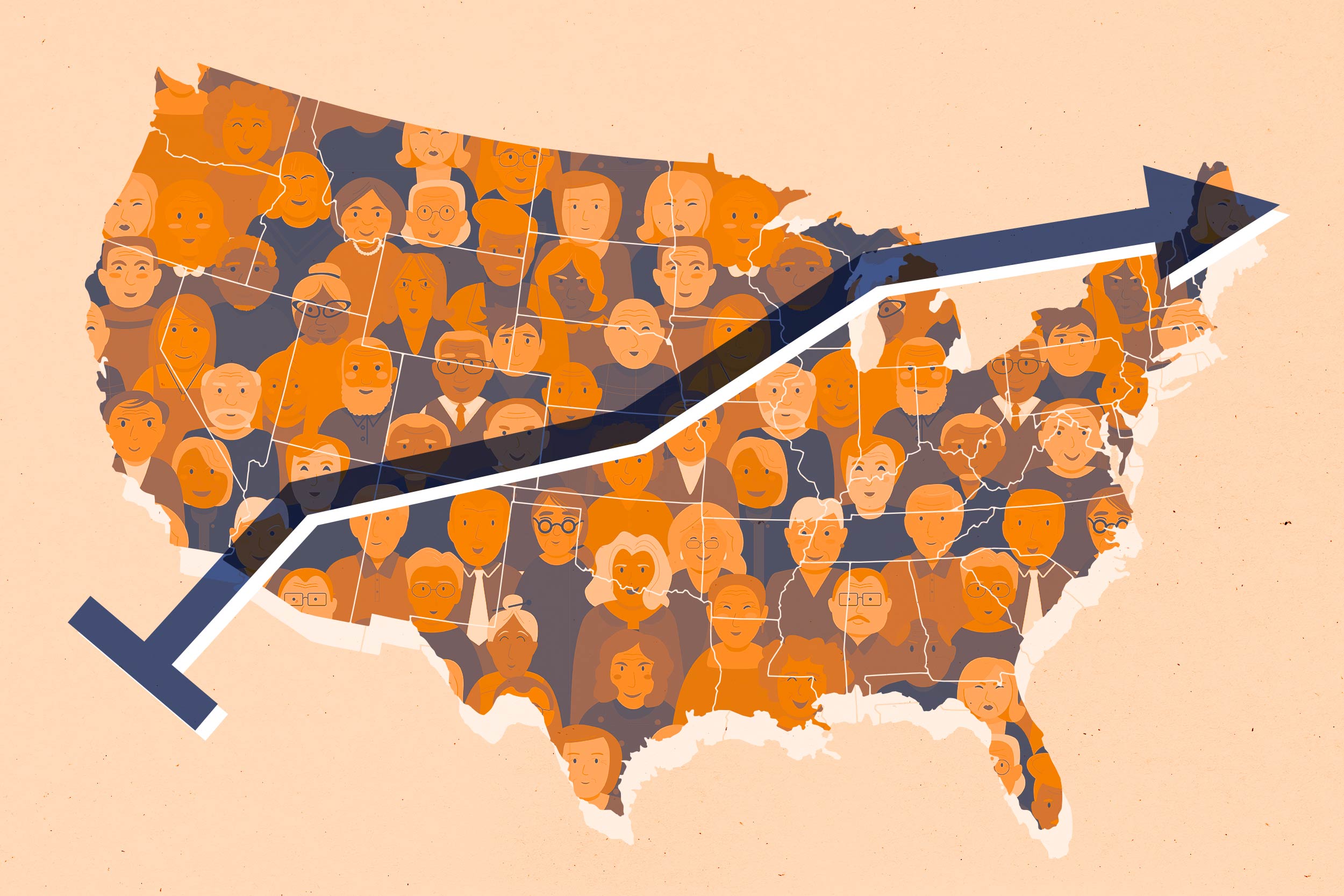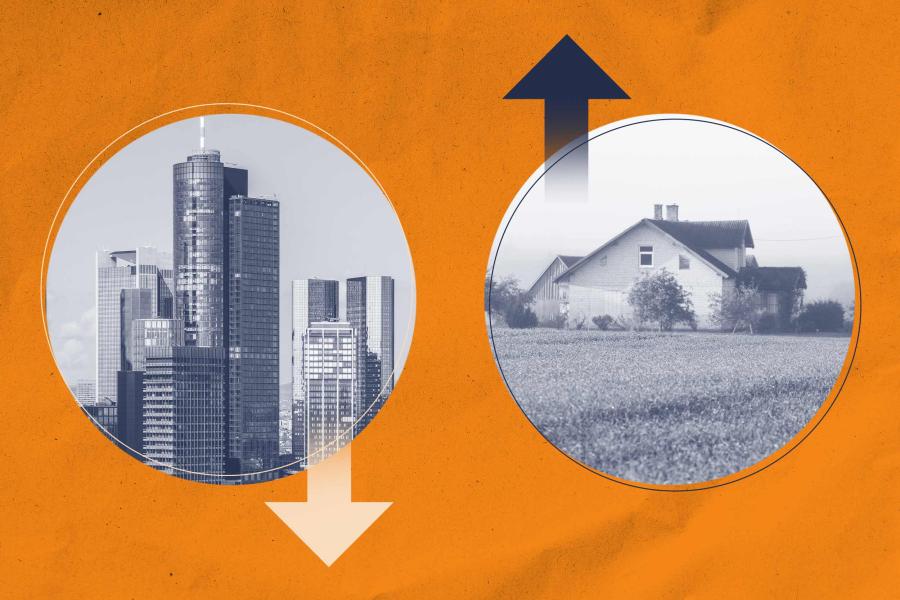While the number of Americans will increase, not all of the country will experience growth. Americans continue moving from the Northeast and Midwest into the South and West. Those regions are expected to grow between 6% and 8%, while the Northeast is expected to see a population decrease of about 1% and the Midwest by about 2%.
The population movement to the South and West has been ongoing since 2000.
“This southwestern shift is also evident in the evolution of the state rankings by total population size, with California, Texas and Florida dominating the charts from 2020 through 2050 and occupying the top three spots consistently,” said Sen.
For the next 16 years, the top 10 largest states in terms of population are expected to stay the same. By 2050, Washington state is expected to surpass Michigan as the 10th-largest state in terms of population.
California, Texas, Florida and New York will continue to be the home of more than a third of the U.S. population. While most states will continue to grow, West Virginia, Mississippi and Illinois are expected to see decreases in population. Utah, Idaho and Texas will continue as the states with the fastest-growing populations.






